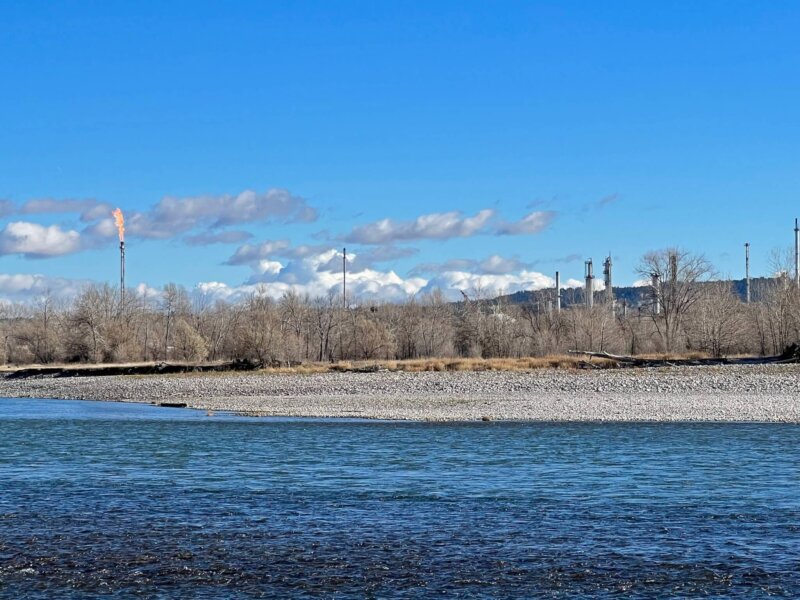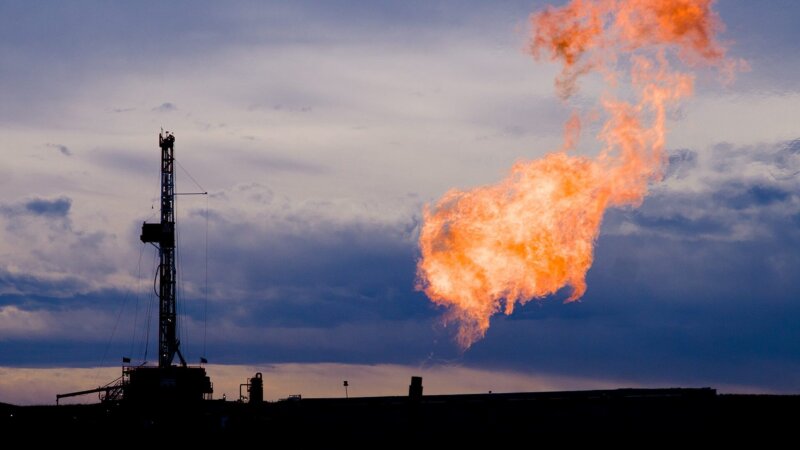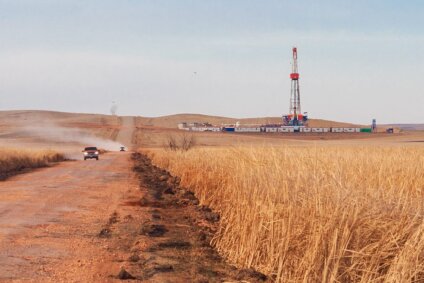Interior Department Finally Releases Its Long-Awaited Report on the Nation’s Oil and Gas Leasing System
Report spotlights problems plaguing the program, but doesn’t go far enough in addressing how the department will implement the reforms it recommends

At long last, the Department of the Interior released its “Report on the Federal Oil and Gas Leasing Program” last Friday. DOI commissioned the report earlier this spring, following an executive order from President Biden to undertake a comprehensive study of the federal oil and gas leasing program.
The report offers, as it says, a “high-level blueprint to begin to modernize the onshore and offshore oil and gas leasing programs in order to better restore balance and transparency to public land and ocean management and deliver a fair and equitable return to American taxpayers.”
You can read the full report here.
This report confirms what we have known for a long time: that the leasing program is fundamentally broken, giving industry a leg up over the public good.
It does this by offering up public lands at bargain basements rates that haven’t been changed in decades, by enabling speculation of public lands, by failing to capture the fair market value of our public resources, and by leaving taxpayers holding the bag for the messy and perilous clean-up of industry’s activities on public land.
The report also shows what happens when one industry is afforded nearly exclusive rights to public resources and how that exclusivity makes a mockery of multiple-use management of public land. As the report states, “When land is under contract for potential oil and gas activity, the shared public lands cannot be managed for other purposes, such as conservation or recreation.”
The report underscores the need to pass bills currently pending before Congress and highlights future opportunities the administration can seize on to modernize the on- and offshore leasing programs. Action on both the legislative and administrative fronts can, as the report states, “restore balance and transparency to public land and ocean management and deliver a fair and equitable return to American taxpayers.”
The report encourages Congress to pass a suite of reforms that will increase the federal royalty rate from 12.5% to 18.75%, reduce bonding deficiencies, support non-extractive uses of public lands, and other important updates to rebalance the oil and gas program.
While we applaud the release of this commonsense report after months of delay, the report itself does not put any of the identified reforms into action and fails to comprehensively address the climate crisis and the roles that industry and our public lands can play in our climate future. Instead, the report presents “actions the Administration is considering taking.”
We’ll be holding the DOI accountable to enact its own recommendations, especially as they pertain to the onshore lease sale currently underway.
In the meantime, you can take action in two ways.
First: Submit a public comment on the oil and gas lease sale currently underway, which includes 6,000 acres of public lands in Montana. After a slight extension, we now have until Dec. 8 to encourage the BLM to not offer up any parcels until the leasing program is overhauled.
Submit a public comment
The Bureau of Land Management recently released its draft environmental assessment for its scheduled oil and gas lease sale in Montana, slated to occur sometime in February 2022. Please submit your comment by Dec. 8 to encourage the BLM to not offer up any parcels until the leasing program is overhauled.

Second: Add your name to our letter to Montana’s entire delegation, calling on Montana’s entire Congressional delegation to support these important provisions that will bring the leasing program into the 21st century and bring balance to public land management. These provisions include:
- Increasing the federal royalty rate from 12.5%, set over 100 years ago, to a more modern and reasonable rate of 18.75%.
- Increasing the minimum bid rate to acquire public resources from $2 per acre, set in the mid-1980s, to $10 per acre.
- Eliminating the wasteful practice of noncompetitive leasing, which encourages rampant speculation.
- Reducing the base lease term from 10 to 5 years, which is very reasonable given the technological advances and capabilities of the modern extractives industry.
- Assessing fees on idle wells, which will encourage industry to keep their assets in production or responsibility retire and reclaim them, rather than unnecessarily dragging out the life of an unproductive well.
- Requiring industry to pay royalties on produced methane, which is largely just burned off and wasted
Ask Montana’s Congressional Delegation to Pass Legislation to Overhaul Oil and Gas Leasing
Add your name to our open letter calling on Montana’s entire Congressional delegation to support these important provisions that will bring the leasing program into the 21st century and bring balance to public land management.

Stay Connected
"(Required)" indicates required fields


